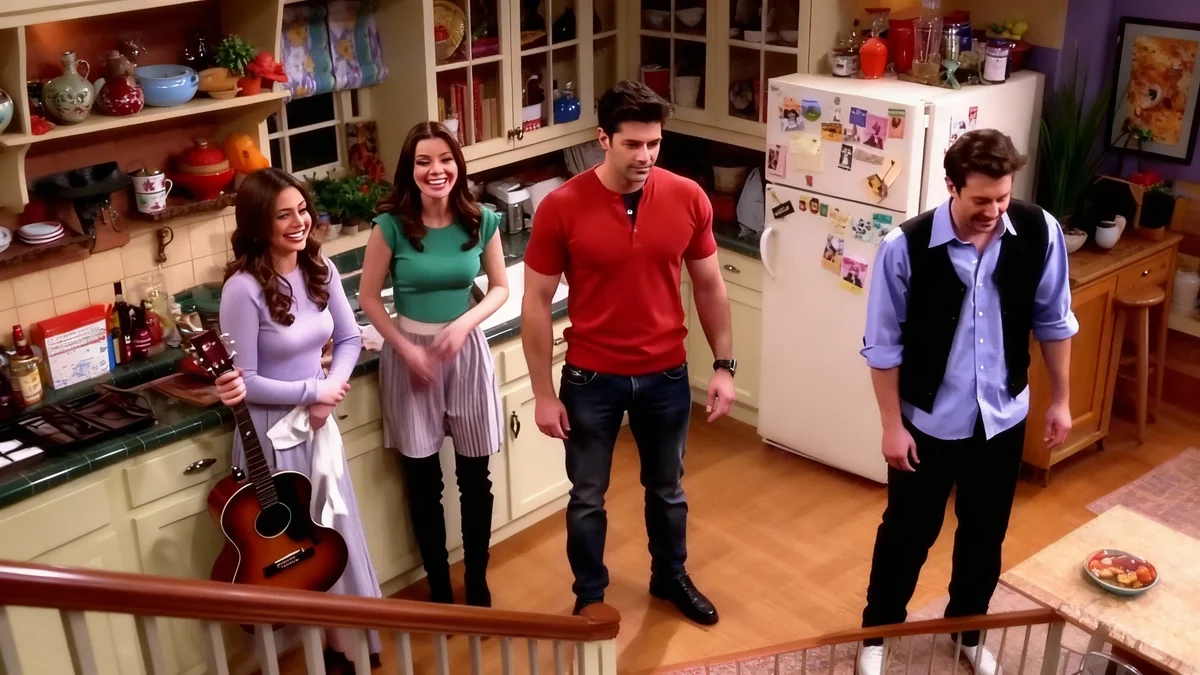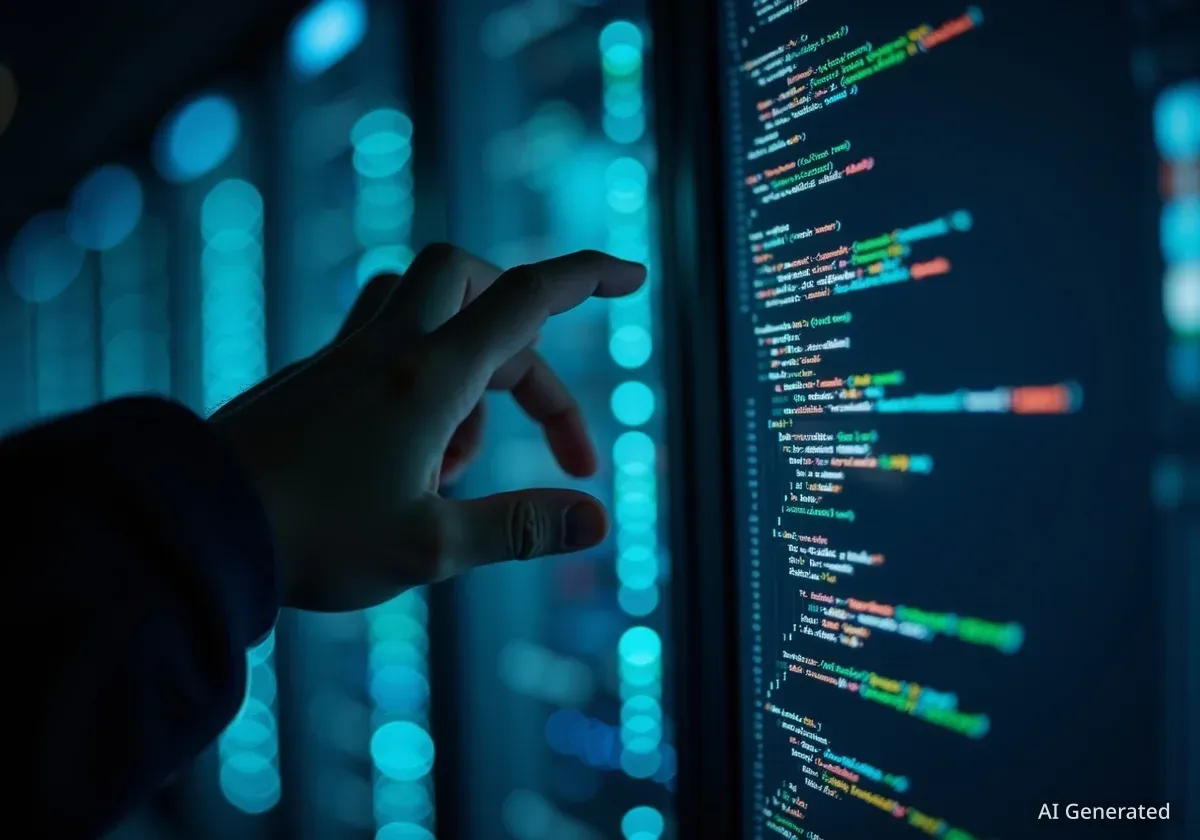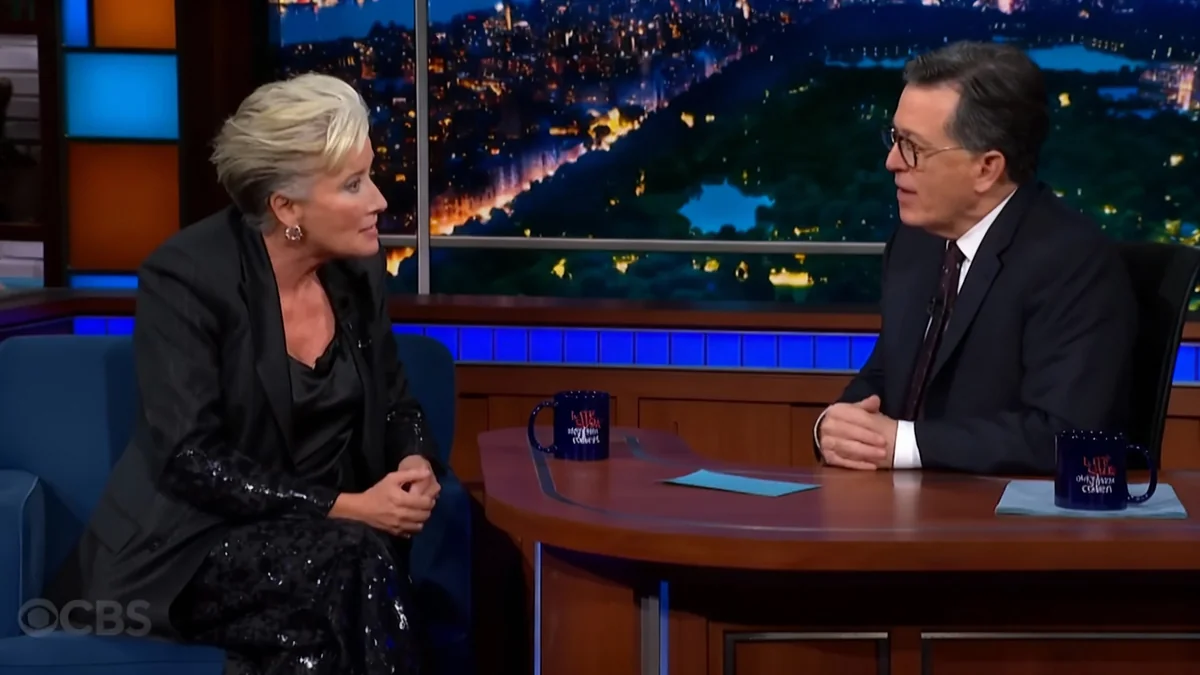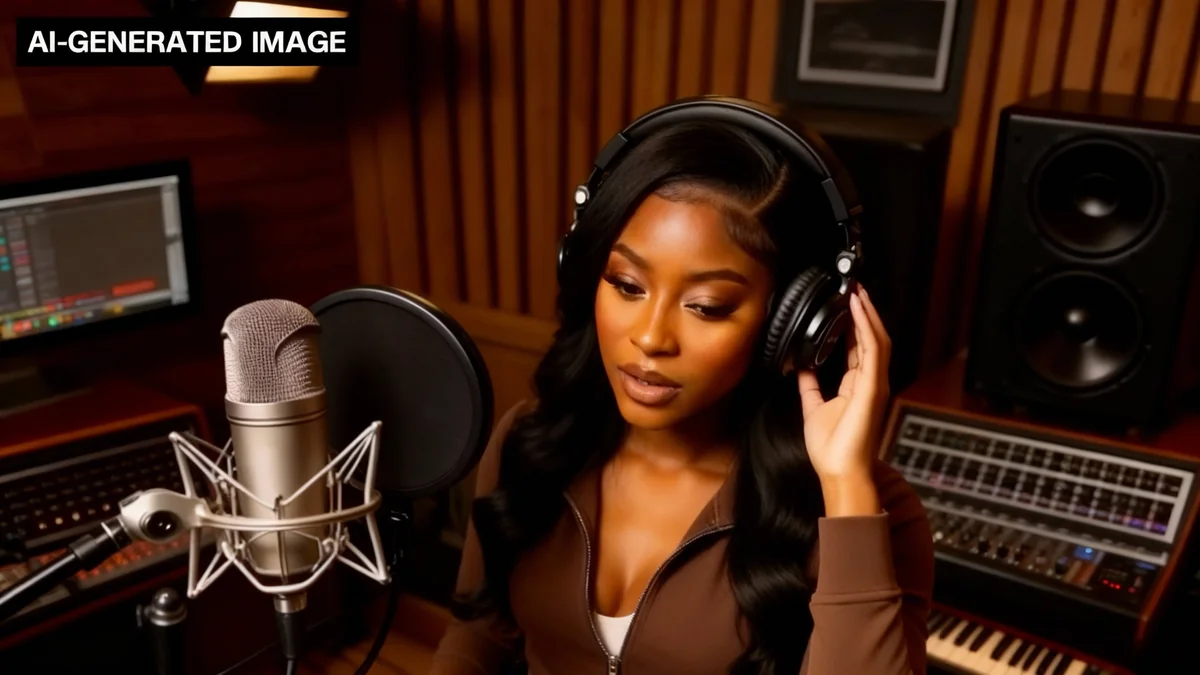A video purporting to be an AI-generated episode of the sitcom “Friends” has gone viral, drawing widespread criticism and ridicule online. The clip, which features distorted characters and nonsensical dialogue, has ignited a fresh debate about the current capabilities and future role of artificial intelligence in entertainment.
While the familiar setting of the Central Perk-style apartment is recognizable, the characters bear little resemblance to the show's beloved cast. The AI-generated figures move unnaturally, sometimes sprouting extra limbs or phasing through objects, creating a surreal and unsettling viewing experience that many have described as a “nightmare.”
Key Takeaways
- An AI-generated video mimicking the sitcom “Friends” has received overwhelmingly negative reactions after going viral on social media.
- The clip is characterized by distorted visuals, nonsensical dialogue, and bizarre character animations, such as spontaneously growing extra limbs.
- Critics are using the video as an example of the significant gap between the hype surrounding AI-generated entertainment and its current, often flawed, reality.
- The backlash highlights growing public skepticism towards what many are calling "AI slop" and its potential to devalue human creativity.
An Unsettling Recreation
The video attempts to replicate the look and feel of the iconic 1990s sitcom, but the result is far from a faithful tribute. The AI model struggles with basic human anatomy and object permanence. In one scene, a character’s hand appears to teleport through a door. In another, a distorted figure sheds a clone of itself, which then calmly sits on the couch.
Interestingly, the audio is a closer match to the original show. The AI appears to have been trained on the voices of the original cast, including Courteney Cox and the late Matthew Perry. However, the delivery is stilted and the dialogue is incoherent, lacking the wit and narrative structure that made the original series a global success. The combination of vaguely familiar voices with disturbing visuals has been a key factor in the video's viral spread.
The Uncanny Valley Effect
The video is a prime example of the "uncanny valley," a concept where humanoid objects that imperfectly resemble actual human beings provoke feelings of unease or revulsion. The closer the AI gets to realism without achieving it, the more unsettling the result becomes for the viewer.
Public Reaction and Widespread Criticism
The individual who shared the video on social media platform X suggested that “sitcoms will never be the same,” a sentiment that was quickly and fiercely contested by thousands of users. The post was met with a wave of criticism and mockery, with many viewers expressing their distaste for the low-quality, soulless output.
One user commented, “This must be amazing if you’re not really into the whole ‘jokes’ or ‘storyline’ aspects of sitcoms.” Another pointed out the irony of using a 21-year-old show to demonstrate the future of entertainment, writing, “It’s funny to say ‘Sitcoms will never be the same’ while slavishly recreating (or attempting to) a sitcom that already exists.”
“Humans have the creative ability to dream up actually new and innovative ideas to push the genre forward. Robots can’t and can only regurgitate data based upon what they’ve already observed.”
The backlash reflects a broader sentiment of fatigue and skepticism toward the promises of AI evangelists. Many see the proliferation of such content not as innovation, but as the creation of “AI slop”—low-value, algorithmically generated material that threatens to crowd out human-made art and entertainment.
The Hype vs. Reality Divide
This incident is not isolated. It follows a pattern of AI-generated content being promoted as revolutionary, only to be met with public ridicule. Just last week, an AI investor was widely criticized for promoting an AI-generated first-person shooter game with a clip that many found unintentionally comical and poorly executed.
These examples highlight a growing chasm between the multi-billion dollar investments pouring into AI technology and the actual quality of the products being generated. While proponents claim AI will democratize content creation and unlock new forms of entertainment, the current reality often falls short of that promise.
The Challenge of AI in Creative Fields
Creating compelling narrative entertainment involves more than just mimicking patterns. It requires an understanding of nuance, comedic timing, emotional depth, and storytelling—qualities that current AI models struggle to replicate. While AI can generate visuals and text based on existing data, it cannot yet innovate or create truly original concepts in the way a human artist can. The AI “Friends” clip demonstrates this limitation by failing to grasp what made the show popular: its characters, relationships, and humor.
A Debate Over Creativity and Originality
The core of the debate centers on the nature of creativity itself. Critics argue that training AI models on vast libraries of existing human work, such as decades of sitcoms, is unlikely to produce anything genuinely new or inventive. Instead, it is more likely to generate derivative and incoherent pastiches of what has come before.
The viral “Friends” video serves as a stark reminder of these limitations. It successfully mimics the surface-level aesthetics of a sitcom but fails to capture its essence. The characters lack motivation, the plot is non-existent, and the jokes are absent. For many viewers, the clip is not a glimpse into the future of entertainment, but a warning about a potential future filled with meaningless, computer-generated content.
As AI tools become more accessible, the conversation about their role in creative industries will only intensify. This bizarre rendition of a classic sitcom has inadvertently become a key exhibit in the case for preserving human-led creativity in art and media.





